Report's interview with Rufat Bayramov, National Secretary of the Intergovernmental Commission on the Transport Corridor Europe-Caucasus-Asia (TRACECA) for Azerbaijan
- What is a brief overview of the work done by Azerbaijan during the two years of chairmanship in the intergovernmental commission of the Europe-Caucasus-Asia transport corridor?
- Several important projects have been put forward during this biennium. First, I would like to note that a new secretary-general has been elected. There were many initiatives both in regulatory documents and related to the development of the corridor. Regulatory issues include the proposals put forward for the modernization of the Secretariat as an example.
Azerbaijan also took an active part in these processes. This included restructuring, defining funding priorities, adopting new funding rules, optimizing TRACECA routes, identifying the criteria for determining the routes . Over this period, the whole world was faced with the COVID-19 pandemic and agreed rules for the transport of goods between countries were adopted, and the harmonization of border-entry procedures was applied.
Another issue was related to digitalization. Over this period, the TRACECA digital concept was developed and adopted. In addition, a strategy was worked out for the development of containerized cargo transportation until 2030. The Action Plan and Development Strategy for 2022-2026 was also adopted at our latest session.
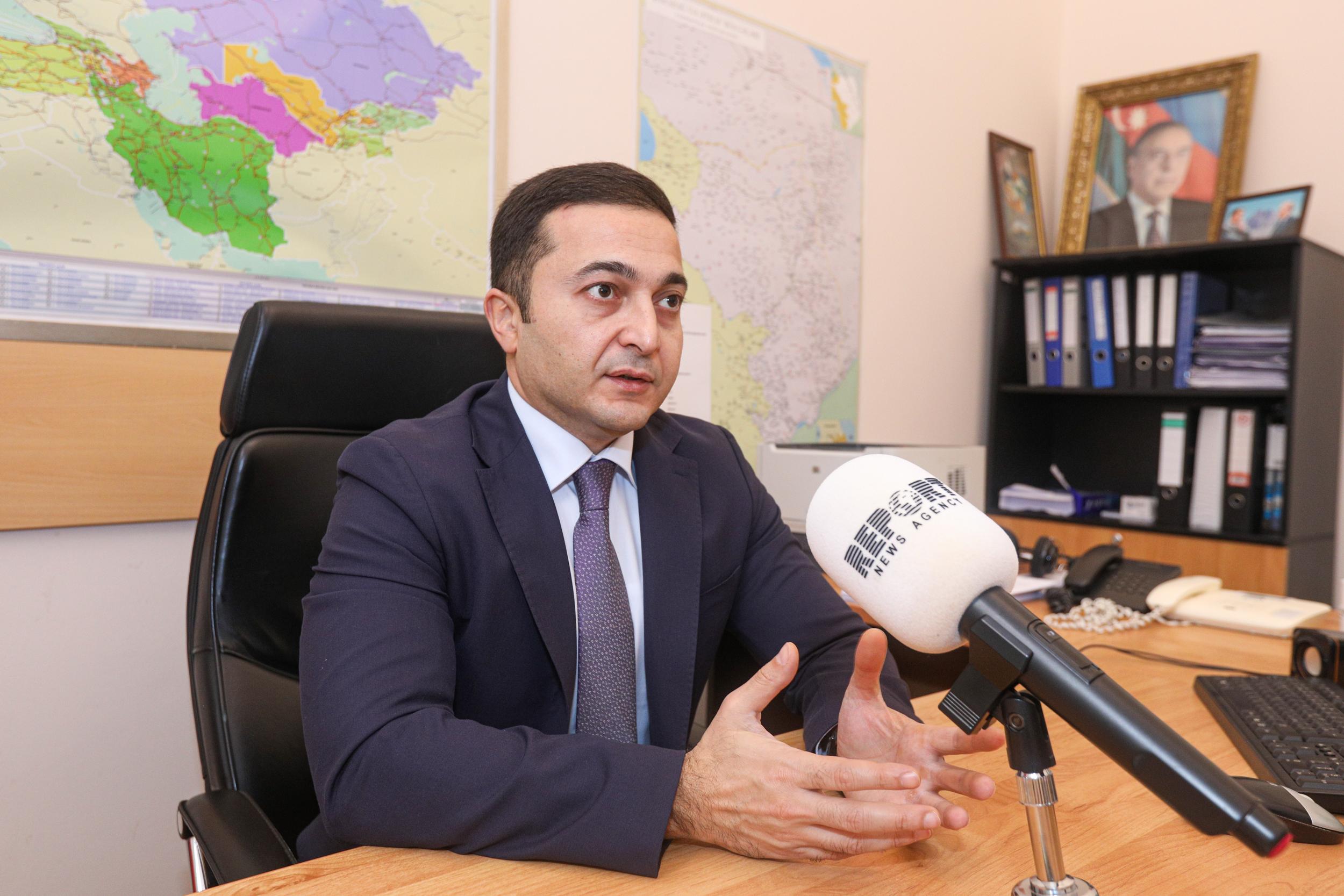
- Can you elaborate on the last two documents that you mentioned?
- Actually, the strategy was adopted for the period from 2016 to 2026. This strategic plan is divided into several periods, and 2022-2026 is the last of them. At this stage, work is carried out on the issues that were identified 10 years ago, that is, on the directions of the organization's development.
One of the main issues is the issue of ensuring the safety of navigation. The containerization strategy until 2030 is a completely new project, prepared, in particular, during Azerbaijan’s presidency. We have involved experts from international financial institutions in the development of this document.
Experts from the Asian Development Bank, the World Bank, and TRACECA conducted a joint study that reflects forecasts of trade between Asia and Europe, shows how development will change in connection with the pandemic, and, accordingly, what strategy we should prepare for container transport in the region and member countries.
- Why container shipping?
- The transport hub, on which our region is located, is determined, on the one hand, by European and, on the other, by Chinese economic factors. These two economies work closely together. Over 200 million tons of cargo are transported between China and Europe annually. Some 90% of cargo is transported by sea, and 10% by land transport corridors.
The TRACECA corridor is the shortest route from China to Europe. One of the main goals of the TRACECA countries is to develop this route and make transportation on it even more efficient and from this point of view, container transportation is of great importance.
There are several subjective and objective factors. The subjective factor is that sea transportation is cheaper. True, during the pandemic, there was some speculative growth in container traffic from China to Europe, with prices jumping up tenfold.
For instance, currently, the price for sea transportation from China to the Italian port of Trieste exceeds $12,000. In normal times, this price ranged from $1,200 to $1,500. There is a ship that is capable of transporting 20,000-30,000, or even 50,000 containers. Transportation by rail is more expensive, and longer by sea. While cargo travels for 40 to 50 days by sea, it takes 10 to 20 days to travel by railway.
If we talk about such goods as gravel, coal, then they can be transported by sea. But if we talk about technology, fashionable things, then their timely entry to the market is very important, and in this case, 30-40 days is a very long time. Today, all countries, as well as Azerbaijan, understand that the development of container traffic in the region is of great importance. Because it is the most versatile way of transporting goods.
In July, the Azerbaijani president took part in the opening of the Alat free economic zone. I would like to note the main significance of this zone. Conditions will be created here for the delivery of goods by both sea and rail.
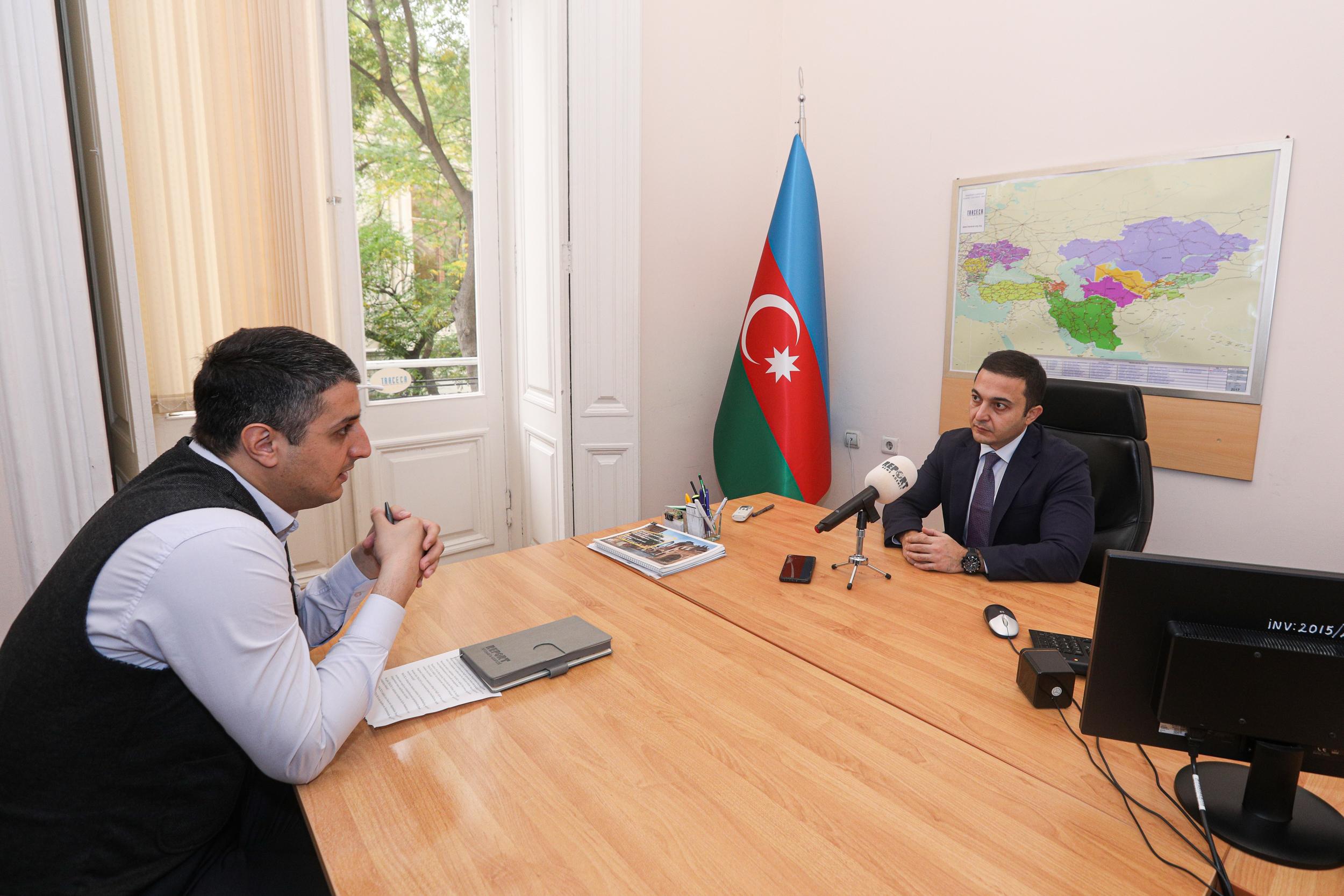
- What are the criteria for determining the TRACECA routes?
- Today the international transport corridor TRACECA covers 13 countries. These are the countries of Central Asia, the Caucasus, and Europe. In the previous period, there were over 60 routes within the corridor. The usual international road between the two countries was included in the TRACECA route, which created some degree of uncertainty. In order to determine how this or that route suits us, we have previously drawn up the principles for determining the routes. In conformity with these principles, in order to be considered a TRACECA route, a route must cover the territory of at least three TRACECA countries and have access to the sea.
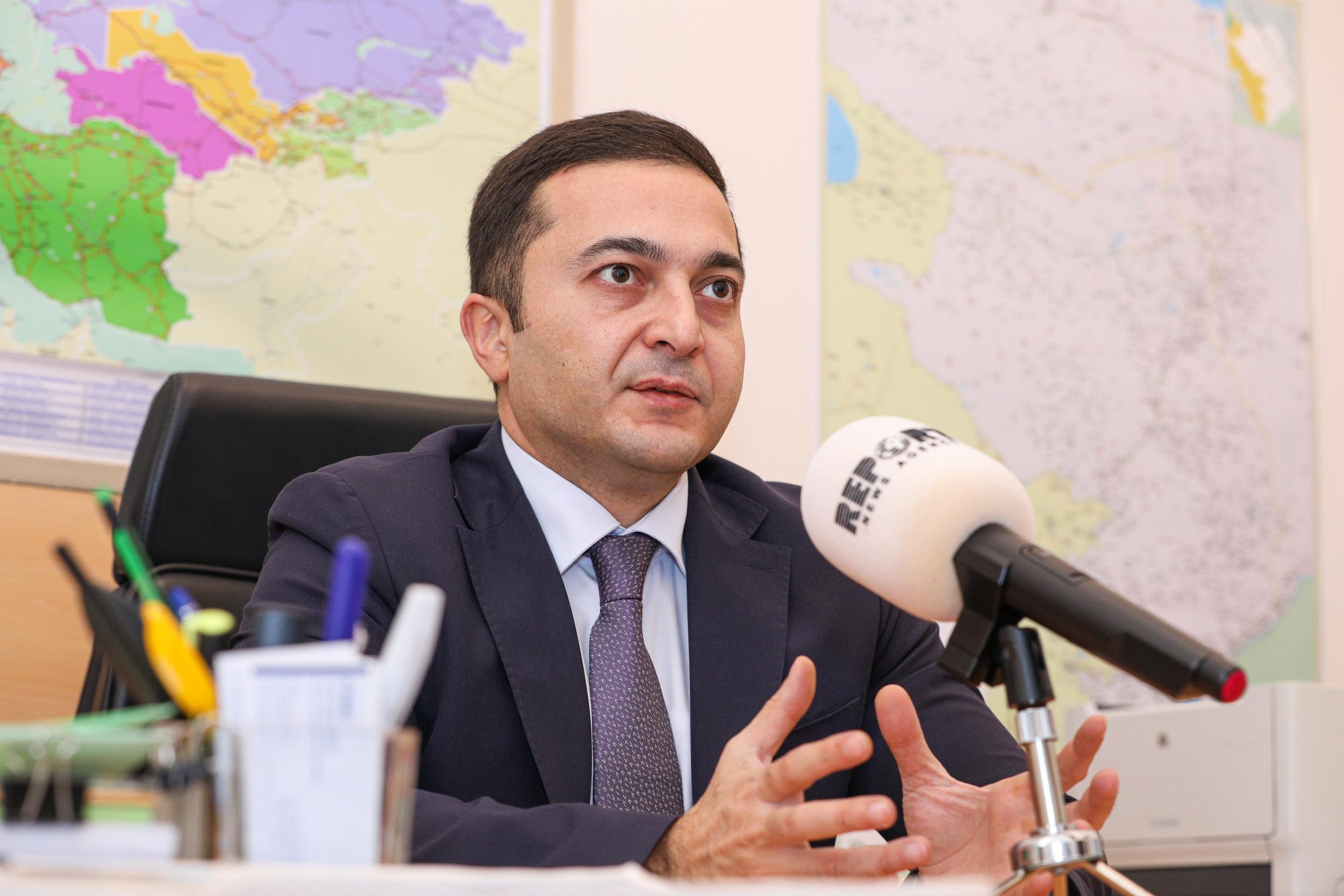
- Does a carrier decide on which route to transport the goods?
- Yes, it already depends on the commercial activity of a shipper. We strive to create an enabling environment. One of our goals is to regularly conduct monitoring work on these routes, to determine which border checkpoints have problems. During Azerbaijan’s presidency of the organization, a methodology for assessing the work of border checkpoints was developed.
In line with this methodology, we determine which border checkpoint is more efficient, suitable for transportation. Through the portal, we try to convey this information both to carriers and to other countries. If it is road transport, a driver or a carrier company determines which route is effective in accordance with the traffic congestion, pandemic. Each country has specific criteria for each type of cargo. There are dangerous goods and those that are not considered dangerous.
- On November 20, a seminar will be held on the topic "Development of container traffic along the TRACECA corridor" jointly with the International Union of Railway Workers. What issues will be discussed at this event?
- Yes, we have invited carriers with extensive experience in the field of container transportation to this seminar. The seminar will be attended by the main railway carriers and operators, as well as specialists from the International Union of Railway Workers. They will be consulted on the principles of determining tariffs for container transportation in Europe, criteria for granting benefits, and other topics.
- To what extent are international financial organizations interested in financing projects within the corridor?
- When TRACECA was first established, it was funded by the European Commission. Joint projects were carried out with the commission, and over 20 years, a total of more than $150 million was invested in the corridor. Among them, in the early years were projects related to the development of infrastructure, and more recently are projects related to general development.
Since 2016, this mechanism has not been applied by the European Commission. Over the past year, we have stepped up work in this direction. At the outset of this summer, our Secretary-General was in Brussels, where he met with the Commissioners of the European Commission. Today we can observe a certain activity. We cannot say yet which project will be financed. But we see the EU's interest in this issue. The main topic of the meetings is related to the opening of the Zangazur corridor. Our message to the EU is that there is a new reality in the region. Now the topic of opening new communications is relevant.
Since both Armenia and Azerbaijan are TRACECA members, we invited the European Union to join this process with some kind of technical support project. They stated that if all goes well, any technical project can be implemented. The president also noted that Azerbaijan is ready to carry out this work at its own expense. At present, Azerbaijan is trying to convey to all countries that we are open to investment. If we are talking about financing from international organizations, then it already depends on negotiations between our state and these organizations.
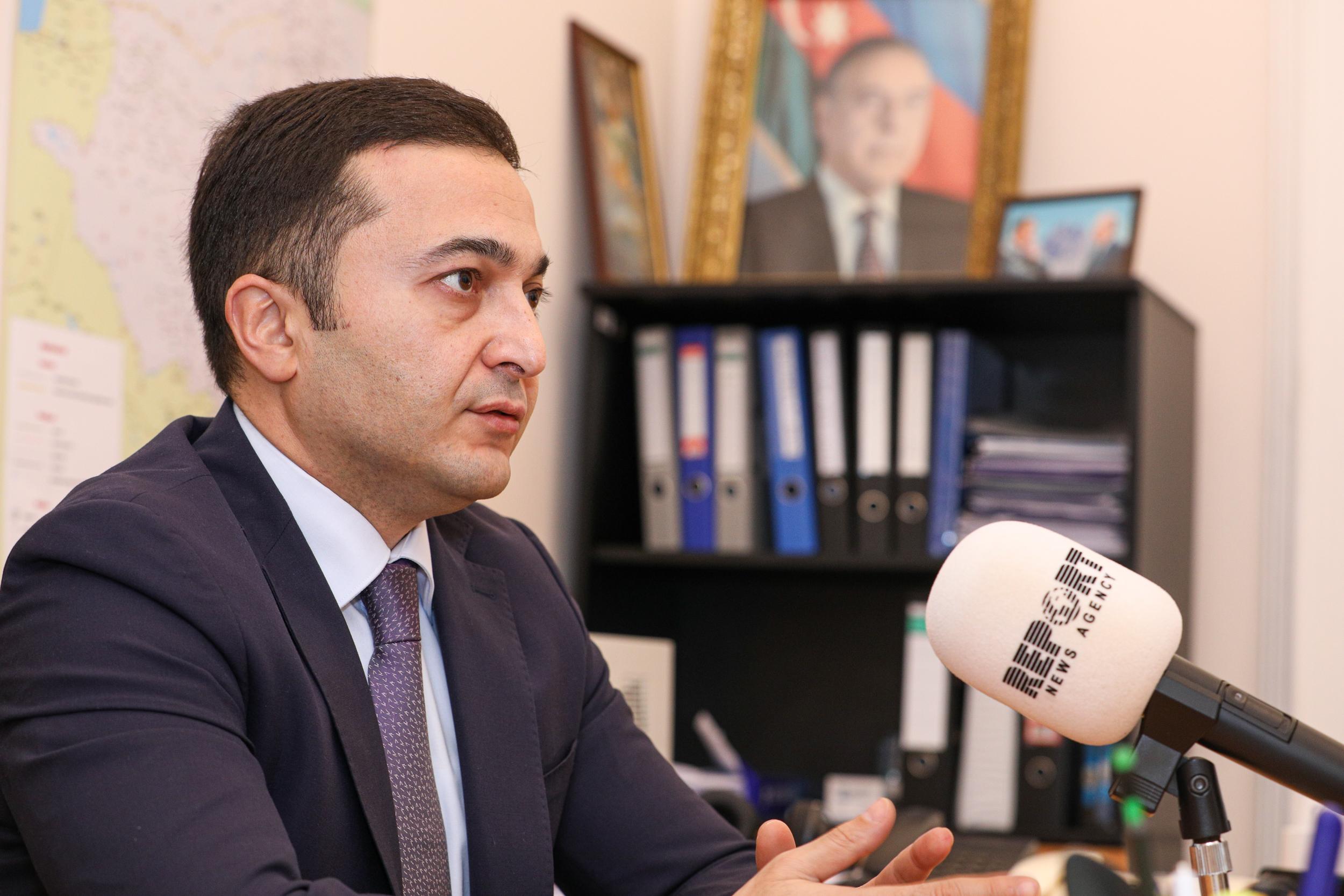
- How is TRACECA currently funded?
- Until 2016, we received support from the European Commission. In 2005, a co-financing agreement was signed between the TRACECA countries. According to this agreement, each country makes an annual contribution to the organization and in accordance with it, the organization's budget is formed. The contribution fee for each country is 60,000 euros.
- Can the amount of this payment change?
- This can already be decided at the intergovernmental commission. If all countries agree, if critical intervention is necessary, the commission will decide to change the amount. So far, the question has not been raised. But the principles of budgeting and spending of budgetary funds, the planned budget for the next year are discussed annually in the commission. Reports are provided, at the beginning of each year, a meeting of the audit committee is held from representatives of the three countries - the current, previous, and future chairmen.
- Has the budget for 2022 been determined yet?
- Yes, this is about 700,000 euros, mainly for events, seminars, covering the office costs of the national secretariats, the General Secretariat, and other organizational costs.
- At what stage is the work on digitalization of cargo transportation processes?
- In this regard, we are trying to act in stages and in several directions. Preliminarily, I would like to highlight the "Single Transit Agreement". It provides that road freight transportation between countries will be carried out on the basis of digital documents. If the cargo will be transported from Turkey to Central Asia, the carrier must obtain a transit permit from each country. If an agreement is signed, the process will be more efficient. This will save both finances and time.
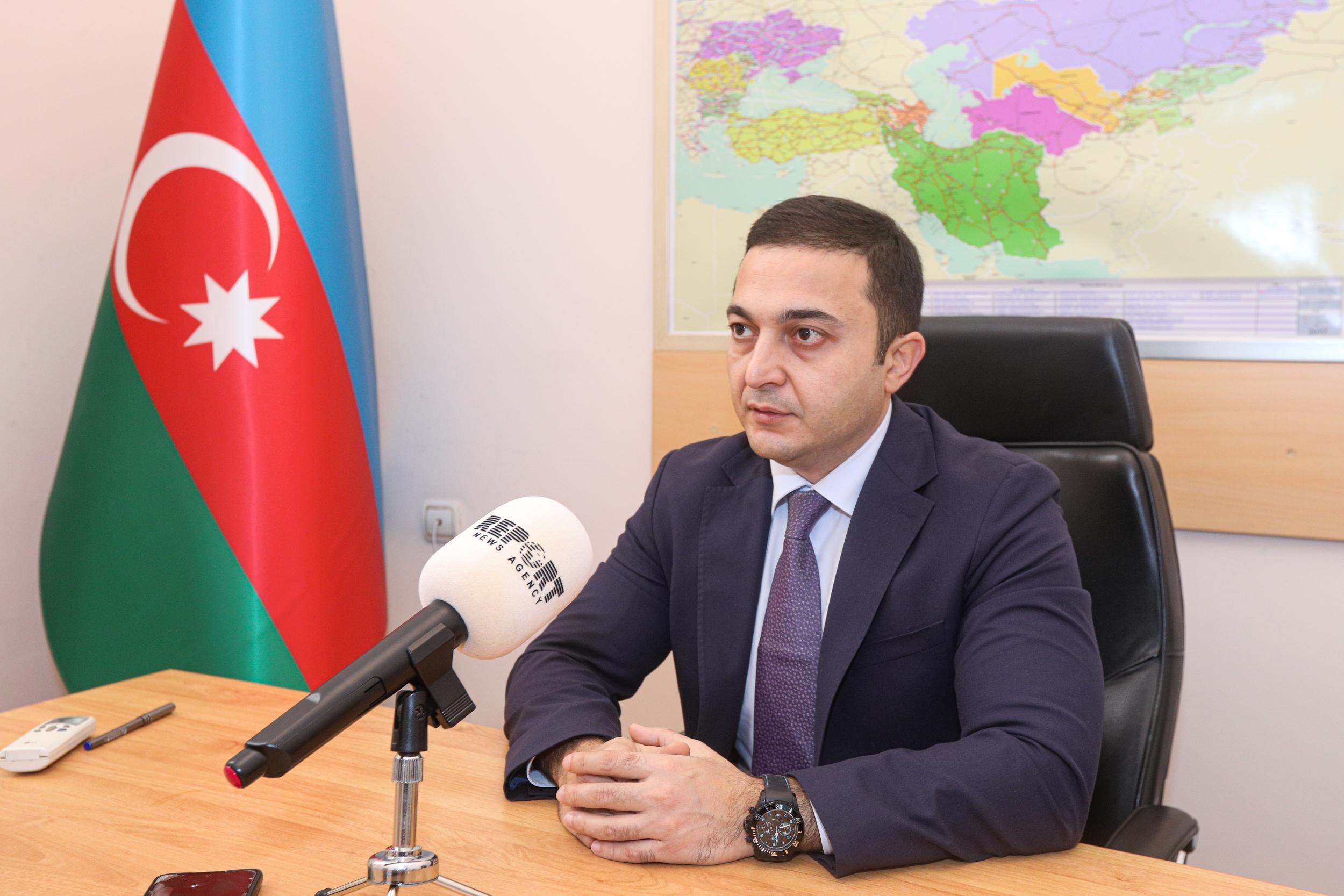
- At what stage is the entry into force of the document?
- Six countries, including Azerbaijan, have shown interest in this agreement. At present, this document is undergoing the procedure of intrastate approval in Azerbaijan. It will be signed after all countries agree on it.
- Should the document be adopted by all countries to enter into force?
- There is no such a principle. If we talk about the route Ukraine-Uzbekistan-Turkey-Georgia-Azerbaijan-Kazakhstan, if these countries sign it, the process between them will be launched. In the future, any country can join the agreement. It is a component of digital architecture. The initiative was put forward by the General Secretariat and is currently undergoing internal approval in six countries.
Another document is the Global Transit Document. This is a project put forward by IBM and the Center for International Diplomacy. Currently, the issue of implementation of pilot transportations is being discussed.
- How has the volume of freight traffic through the Azerbaijani part of TRACECA changed?
- Currently, the directions of cargo transportation can change within 3-5 months. This is due to political and economic factors. For example, the severance of relations between Ukraine and Russia has led to an increase in freight traffic through Azerbaijan from Ukraine to Central Asia.
At the same time, due to restrictions between Turkmenistan and Iran during the pandemic, many Turkish carriers used the Azerbaijani corridor, which sharply increased road traffic through Azerbaijan in the direction of Turkey-Central Asia. As for objective factors, a vivid example of the attention paid by the president to the transport sector over the last three years and the strategy applied is that the volumes of non-oil transit exceed the volumes of transit of oil and oil products.
We were able to observe these processes during the six months of 2021. In the first six months, the total volume of transit traffic amounted to 4 million tons, of which 1.9 million are non-oil goods.
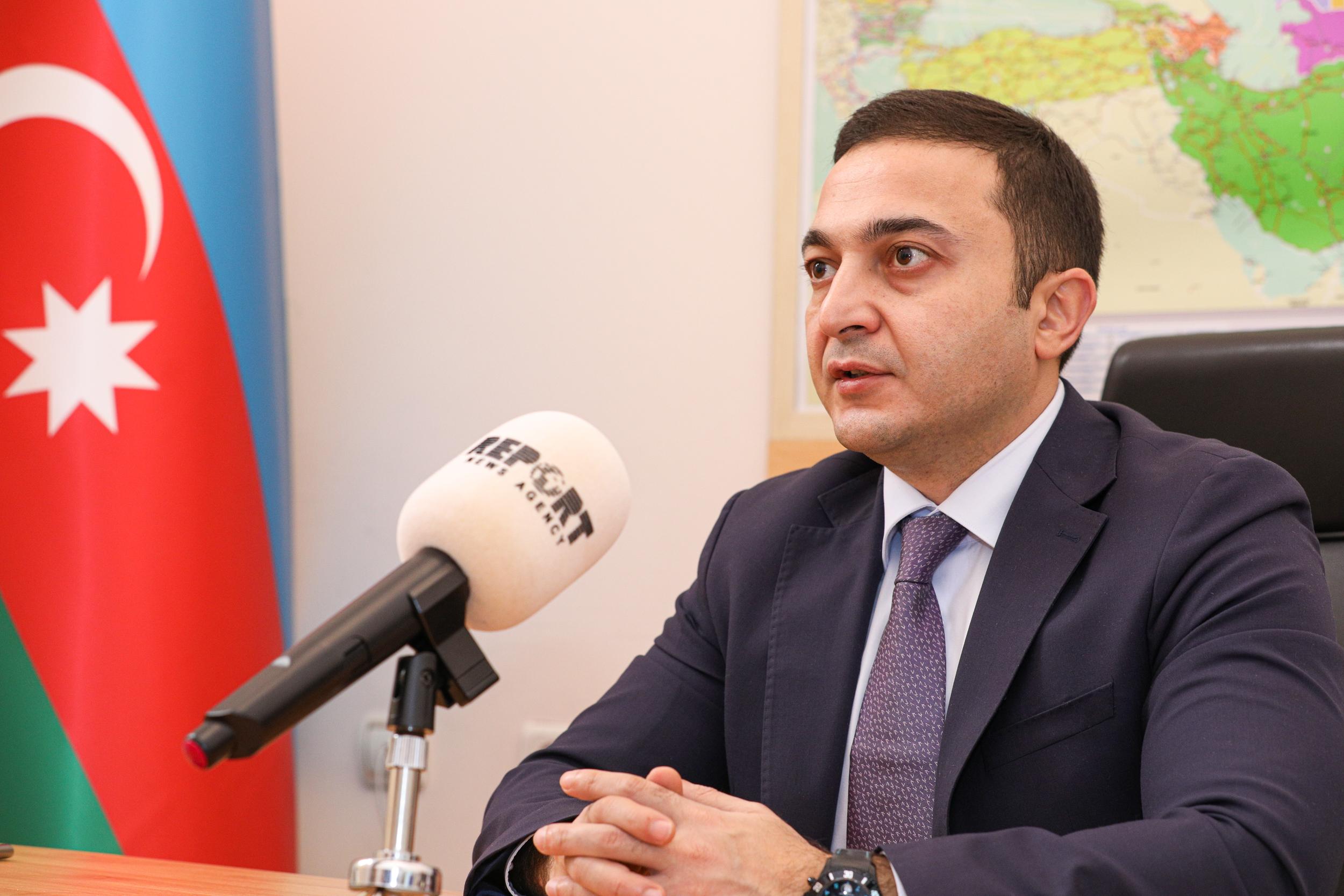
- What are your plans for the coming years?
- We plan to move forward in several directions. First, we want to launch a TRACECA container train between TRACECA countries. It can be a train from Romania to Central Asia or, conversely, from Central Asia to Europe. This is an existing route. However, as part of the containerization strategy in accordance with the new principles, we want to launch the TRACECA train in test mode in order to check the tariff policy on this route, if there are any problems at the border checkpoints.
We also want to implement a pilot project related to digitization to see how new technologies adapt to the system of member countries. We want to move forward with the digital concept. The main goal is to create an effective dialogue between countries, commercial companies, and government agencies, and effective exchange of information.
We would like the tariff issues to be reviewed. Because we believe that the importance of our corridor is very great.
Earlier, the problem with ocean shipping between China and Europe was mentioned. Prices have gone up tenfold. In the middle of last year, there was a crisis due to a tanker stuck in the Suez Canal. Almost 12% of world transit passes through this channel. This showed that land transport between Europe and Asia is very important.
Increasing the share of the Middle Corridor passing through Azerbaijan in this cargo transportation is a very pressing and real issue. Our goal is to contribute to this. We want to create a dialogue on freight rates. But we cannot get too involved in this issue as each country has its own principles for determining tariffs. We are trying to influence where possible because the cheaper the tariffs, the greater the volume of cargo transportation.


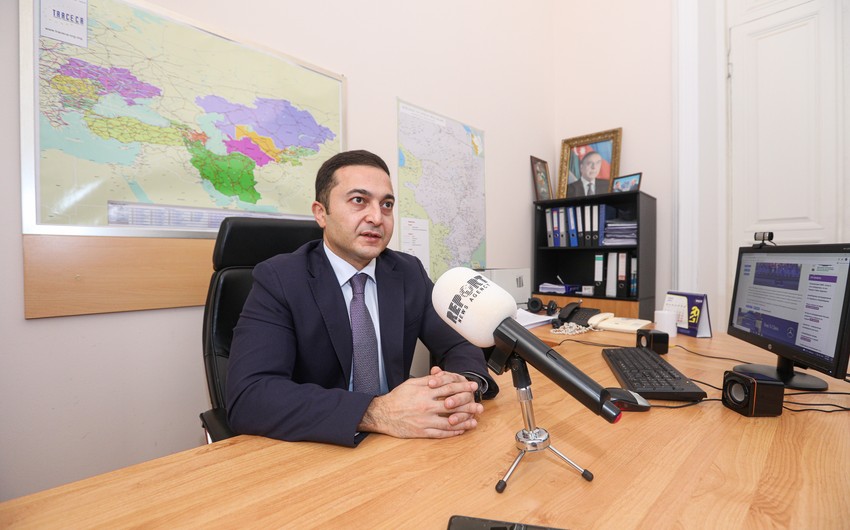 https://static.report.az/photo/3fcddaa5-4b77-31c1-acca-00b815961eec.jpg
https://static.report.az/photo/3fcddaa5-4b77-31c1-acca-00b815961eec.jpg

